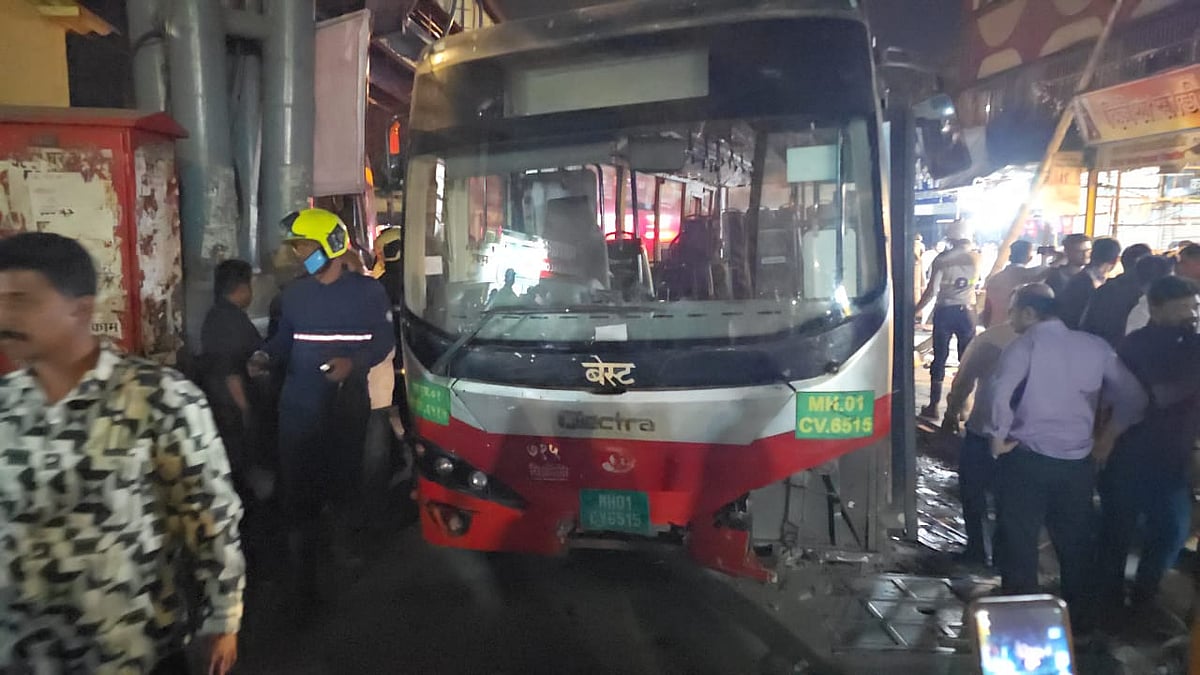In India, 60-65 percent of transport happens via road and is highly fragmented and unorganized. The trucking community has around 15 million commercial vehicles, however, the driver to truck ratio is significantly low.
Road Freight Transport contributes approximately 4.5 percent of our GDP, yet, according to the Indian Foundation of Transport Research and Training (IFTRT), more than 50 percentare off the road due to the unavailability of drivers. This problem is specific not only to India. In 2021, the United States saw a record shortage of 80,000 truck drivers, according to the American Trucking Associations.
The reasons are many.
Truck drivers are the unsung heroes of the COVID-19 pandemic who risked infection and even death during the weeks of lockdown to bring goods to our doorstep. But while e-commerce continues to boom, even after markets have opened again, the road ahead is far from smooth with the logistics sector facing a severe shortage of truck drivers who are its backbone.
SLF study's shocking findings
With an aim to understand the Knowledge, Attitude, Behaviour, and Practices (KABP) of truck drivers with regard to their profession, peers, and trucking operations at large in India, SaveLIFE Foundation (SLF), an independent NGO, joined hands with car manufacturers Mahindra & Mahindra (M&M), to conduct a multi-city, nationwide study. According to the findings, published in February 2020, 53 percent of the respondents shared that they earn between Rs 10,000 to Rs 20,000 per month. Of these, 93 percent confirmed that other than salary/wages, they do not get any social security benefits (such as provident fund, pension, health insurance, life insurance, gratuity, etc.).
More than 93 percent work as employees, with only about 1 in 15 (6 percent) driving self-owned trucks. On average, these drivers are at the wheel for nearly 12 hours a day, covering a distance of 417 km daily. Almost 50 percent of the respondents admitted that they drive even when fatigued or sleepy. Even worse, 9 out of 10 confessed that they had not undergone any kind of formal training before getting a driving license.
Not surprisingly then, as per the Ministry of Transport and Highways (MoRTH) data, in the category of impacting vehicles, truck/lorry has the third highest share (12.3 percent) of total crashes and among road-users, it makes up the third highest share of deaths at 10 percent.
Pandemic woes
The ongoing pandemic has only added to their woes, with many truck drivers carrying non-essential goods caught in logjams on the borders of cities for weeks together during lockdowns. Even those ferrying essential goods were stranded at times with no workers to load and unload goods. As a result, many of these daily wagers had no income for months, while still carrying the burden of EMIs, children's education, rents, etc. Those on the road were vulnerable to the virus, without vaccination, proper safety precautions, and health insurance.
The result was that 62.5 percent of fleet owners stopped transporting goods due to diminished demand or because of concern for their drivers. This led to large-scale reverse migration, from cities to villages, with many drivers preferring to go back to farming or manufacturing, and some moving to industrial and service sectors.
According to the above-mentioned study, 53 percent of respondents were dissatisfied with their profession with around 84 percent admitting that they will not recommend it to their family members or relatives. With more consumers moving online and delivery timelines moving to five minutes, the sector needs transporters to meet the demand and supply challenges across all three delivery miles. Without them they could be facing an existential crisis It is thus imperative to address the problem.
Changing the perception
The first and foremost aspect that needs some more introspection is the social taboo. Trucking as a profession is always looked down upon and rarely respected. At TruckBhejo, hence, all of us are extremely sensitive about everything related to the truck drivers. We ensure regular long-term business with secured and timely payment and eliminate the middlemen. It has empowered owner-drivers to scale up their business.
Training the new generation
Education has opened new opportunities for the children of many truck drivers, while those who are available, are untrained and unskilled. Instead of turning them away, logistics companies and fleet owners can directly hire these freshers, then put them through training schools and programs. Driver profiling can help select candidates with the right skill sets and natural aptitude. It is an investment that will pay off in the long run.
Adopting technology
Adopting the latest technologies like simulation and virtual reality in training programs can also boost the productivity of existing drivers while equipping vehicles with ADAS technology like driver assist, collision mitigation and lane detection can make driving safer.
Also, by choosing automation over manual operations, the most time and cost-effective route can be picked. Roadblocks are promptly flagged off, preventing delays and even accidents. Digitization eliminates redundancies, avoids duplications, and brings about demand-supply convergence ensuring drivers leave and return with full trucks.
For the logistics sector to grow at a CAGR of 8 percent, it is critical to ensure that we have the talent in place. While technological talent is bringing the transformation, only the truck drivers will take them to the masses. Over the next three years, we aspire to create India's largest, fastest, and most reliable logistics network by increasing our fleet strength to 20,000. And this will be possible for us and other logistic providers by bringing financial stability and social dignity into the trucking community.
(Nilesh Ghule is Co-Founder and CEO, TruckBhejo. Views are personal)









